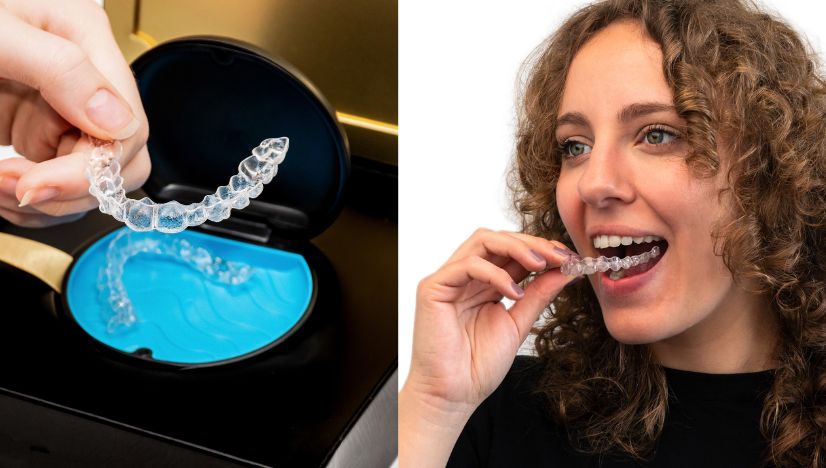
Orthodontic treatment has come a long way, offering a variety of options to help individuals achieve a straight and beautiful smile. Two popular choices are invisible braces and traditional braces, each with its own set of advantages and considerations. If you’re in Penn Township and considering orthodontic treatment, it’s crucial to understand the differences between these options to make an informed decision based on your unique needs.
Understanding Invisible Braces
Invisible braces, also known as clear aligners, have gained popularity for their discreet and almost invisible appearance. These aligners are custom-made to fit snugly over your teeth, gradually shifting them into the desired position. One of the main advantages of invisible braces is that they are removable, allowing you to eat, drink, and clean your teeth with ease.
Advantages of Invisible Braces in Penn Township
Aesthetics: Invisible braces are virtually undetectable, making them a preferred choice for those who wish to undergo orthodontic treatment without drawing attention to their teeth.
Removability: The ability to remove the aligners allows for greater flexibility in maintaining oral hygiene and enjoying your favorite foods without restrictions.
Comfort: The absence of wires and brackets makes invisible braces a more comfortable option, minimizing irritation to the cheeks and gums.
Exploring Traditional Braces
Traditional braces, on the other hand, consist of metal or ceramic brackets attached to the teeth, connected by wires. These braces gradually apply pressure to move the teeth into the desired position. While they are more noticeable than invisible braces, they have been a reliable and effective orthodontic solution for decades.
Advantages of Traditional Braces in Penn Township
Effectiveness: Traditional braces are highly effective in addressing complex dental issues, providing precise control over tooth movement.
Affordability: Traditional braces are often more cost-effective than their invisible counterparts, making them a preferred choice for budget-conscious individuals.
Predictability: The fixed nature of traditional braces ensures consistent and predictable progress throughout the treatment.
Choosing the Right Option for You in Penn Township
The decision between invisible braces and traditional braces depends on various factors, including your orthodontic needs, lifestyle, and personal preferences. If you prioritize aesthetics and flexibility, invisible braces might be the ideal choice. On the other hand, if you require more comprehensive orthodontic correction and are comfortable with a fixed appliance, traditional braces may be the way to go.
Before making a decision, it’s crucial to consult with an experienced dentist in Penn Township. They can assess your specific case, discuss your treatment goals, and provide personalized recommendations based on their expertise.
Schedule a Consultation Today
Ready to embark on your orthodontic journey in Penn Township? Schedule a consultation with our expert orthodontists to discuss your options and determine the best course of action for achieving your dream smile.
FAQs: Answering Your Orthodontic Questions
Q1: Are invisible braces as effective as traditional braces?
A1: Invisible braces are highly effective for mild to moderate orthodontic issues. However, traditional braces may be more suitable for complex cases that require precise control over tooth movement.
Q2: How long does orthodontic treatment typically take?
A2: The duration of orthodontic treatment varies depending on the complexity of the case. On average, treatment with invisible braces or traditional braces can take anywhere from 12 to 24 months.
Q3: Can I eat and drink with invisible braces?
A3: Yes, one of the advantages of invisible braces is that they are removable. You can remove them when eating or drinking, allowing you to enjoy your favorite foods without restrictions.
Q4: Do traditional braces cause discomfort?
A4: Initially, there may be some discomfort as your teeth adjust to the pressure applied by traditional braces. However, this discomfort is temporary and can be managed with over-the-counter pain relief.
Q5: How often do I need to visit the orthodontist during treatment?
A5: Both invisible braces and traditional braces require regular check-ups, typically every 4-6 weeks, to monitor progress and make any necessary adjustments.
In conclusion, the choice between invisible braces and traditional braces in Penn Township is a personal one. By weighing the pros and cons, considering your lifestyle, and consulting with an orthodontic professional, you can make an informed decision that will lead to a straighter and healthier smile.




